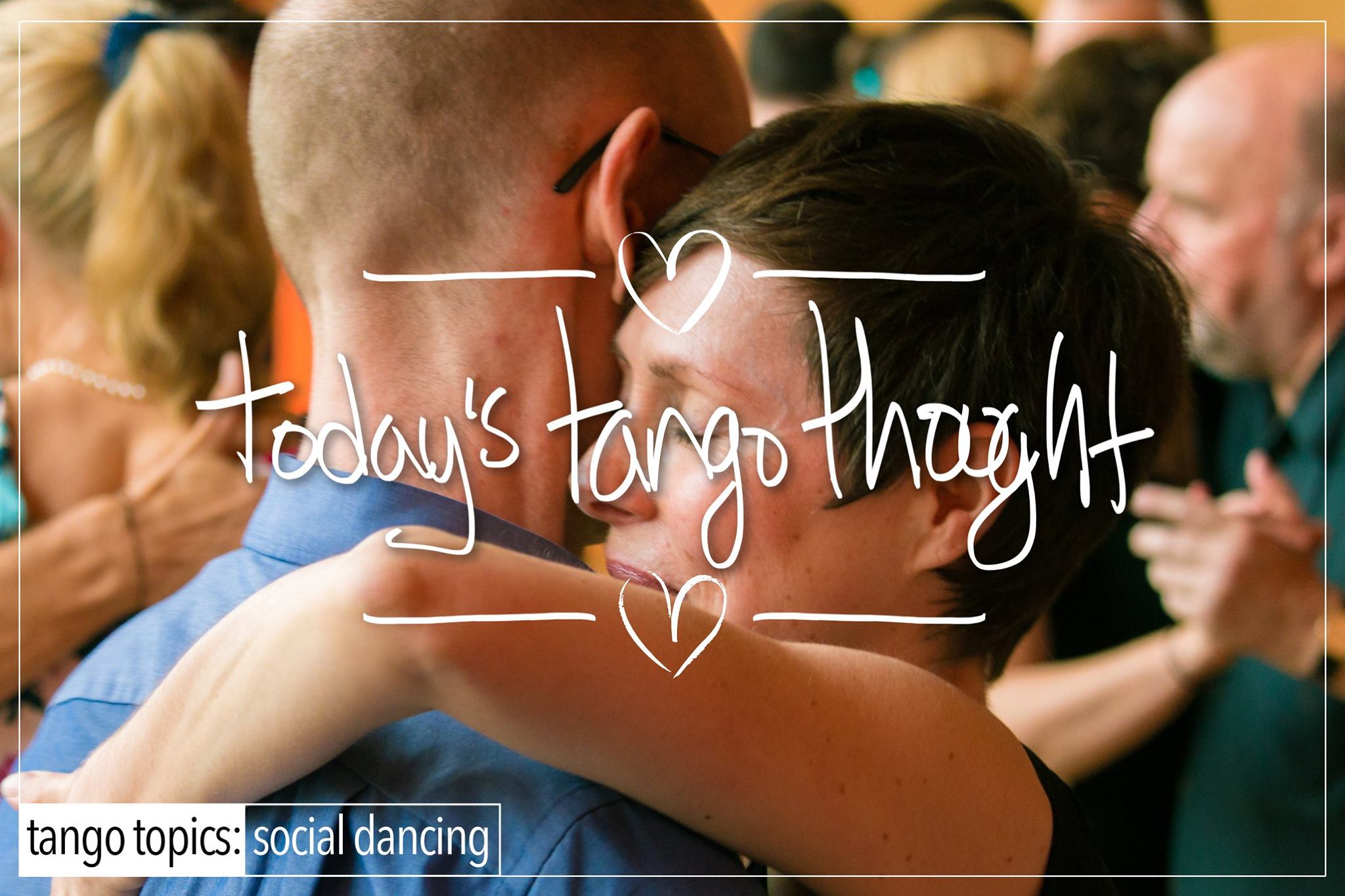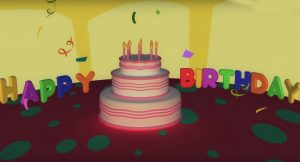‘Good Tango’ is very subjective. Because your idea of ‘good’ and someone else’s idea of ‘good’ are based on their experience, and a built (or created) appreciation for what you’ve been taught.

Follower’s Left Arm
You’re going to see this, and quite honestly, from a whole swath of Followers from your run of the mill local social dancer to professional doing this. Is this desirable ? No. Why ? Several reasons. Two of the more common reasons:










